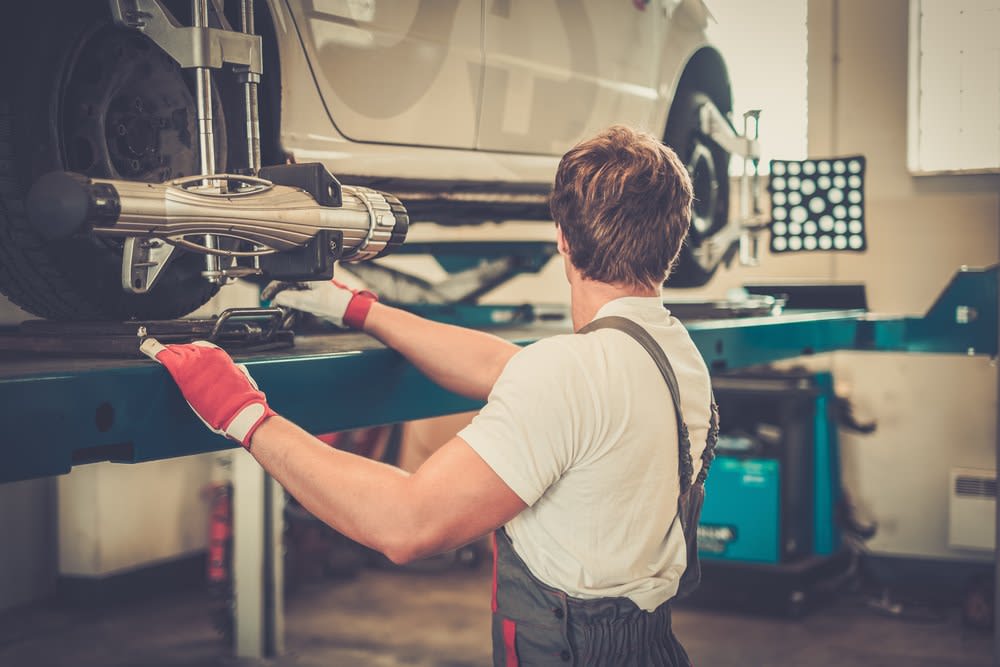

You’ve probably never considered how your wheel stays upright. There must be something in there that holds it in place, but you’ve never given it much thought. It just bolts in place, right? In fact, there are angles that come into play that you have never considered. The angle of your wheel compare to the road is called tire camber.
Tire camber defined
Camber is the angle of each wheel in relation to the road. Specifically, camber is how much inward and outward tilt each wheel has when the wheels are pointed straight ahead. The angle is measured on the vertical axis. There are three situations of camber:
Positive camber is when the top of the tire is tilted further out than the bottom of the tire. It allows for easier turning, and is especially useful on off-road vehicles and large machinery like tractors.
Zero camber is when the tire rests flat on the ground; it has the highest possible contact patch with the road surface. It’s used for the best acceleration in a straight line, like on a drag strip.
Negative camber is the most common camber setting for passenger vehicles. As the tire rubber tends to roll when cornering, it is offset by negative camber. It improves grip when cornering, and gives greater steering feel. When too much negative camber is applied, steering tends to feel stiff and unresponsive to input.
How does it affect me?
Tire camber dramatically affects the safe operation of your vehicle. When your steering feels too loose or too tight, it makes driving difficult. Excessive negative camber or positive camber will wear your tires unevenly, and cause excess strain on your suspension components.
If you have impacted a curb, a large pothole, or have had an accident, there is a good chance your tire camber is affected.
How do I know my tire camber?
Tire camber is hard to see with the naked eye. Unless your camber is significantly out of specification, you won’t be able to tell unless you have a wheel alignment performed. It’s time for a wheel alignment to correct your tire camber if you notice any of the following:
- Steering your car is suddenly more difficult
- Excessive or uneven tire wear
- Damage to a tire or wheel



